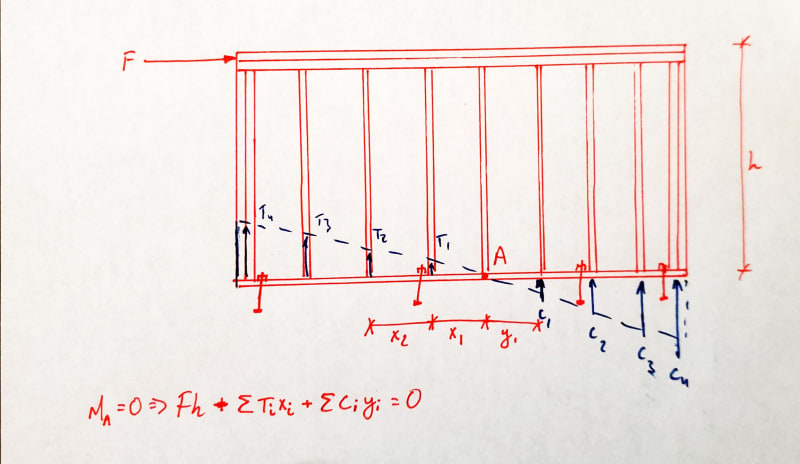smokiibear
Structural
- Sep 19, 2006
- 158
We've got a shear wall with holdowns that are not adequate. Without removing the footing or adding new footing, we thought of trying to holdown the entire wall via every stud or every other stud. Have anyone done this before? Could you advise on the math. I've been at this for while, but not setting up the problem correctly.
Thank you,
Thank you,

